In a normal year, groundwater accounts for 40 percent of California’s water supply. That number jumps to 60 percent during a drought. It’s also critically important for sustaining certain types of aquatic, terrestrial and coastal ecosystems.
Yet decades of unregulated groundwater withdrawal has compromised that ability to provide for people and nature. Wells dry up, water quality declines, and rivers, wetlands, and springs disappear.
To address this problem, California passed legislation requiring that groundwater basins be managed sustainably. We still face gaps, however, in our understanding of how to manage these basins to ensure the health of the ecosystems they support. Conservancy scientists are working with water managers and state agencies to close those gaps.
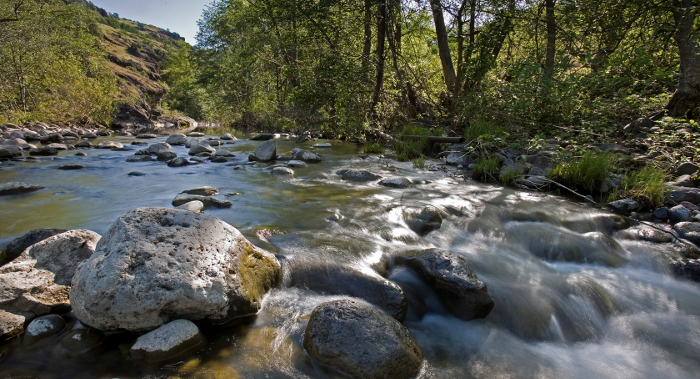
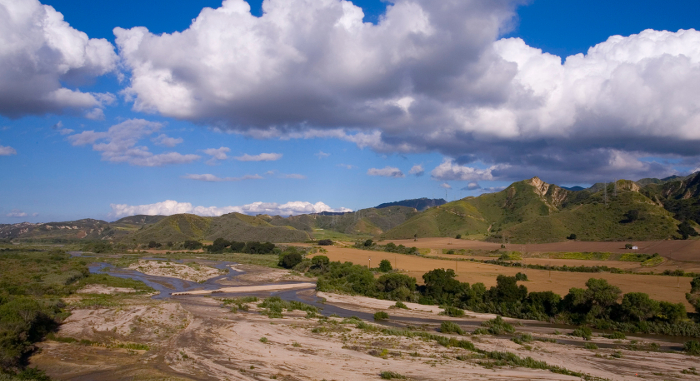
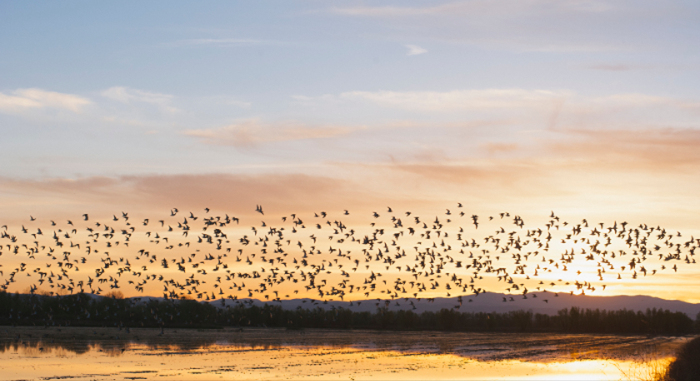
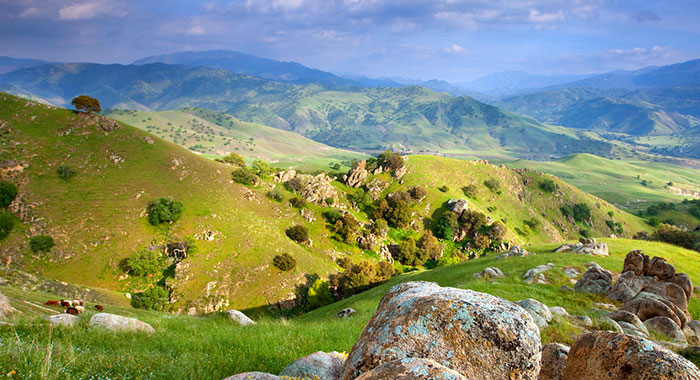

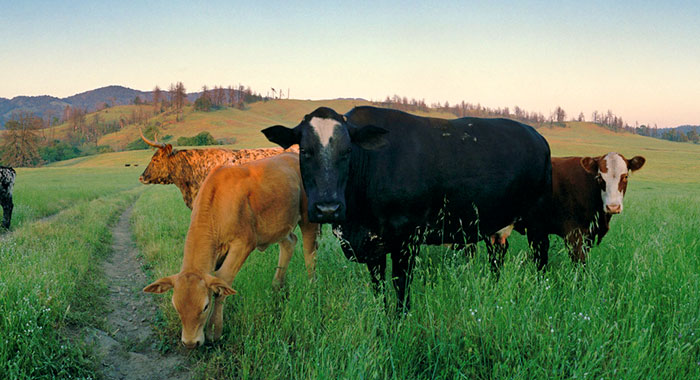
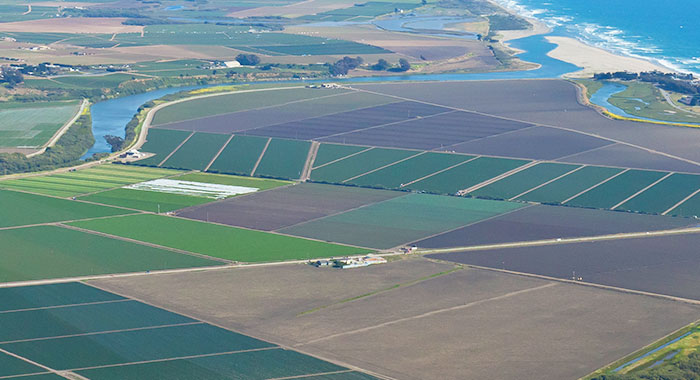

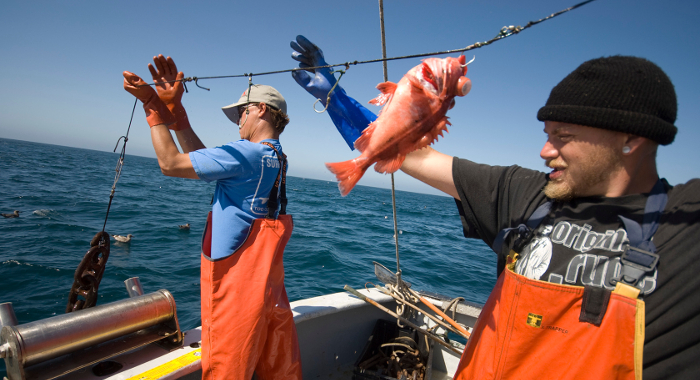



Timothy C. Bonebrake, Christopher J. Brown, Johann D. Bell, Julia L. Blanchard, Alienor Chauvenet, Curtis Champion, I-Ching Chen, Timothy D. Clark, Robert K. Colwell, Finn Danielsen, Anthony I. Dell, Jennifer M. Donelson, Birgitta Eveng°ard, Simon Ferrier, Stewart Frusher, Raquel A. Garcia, Roger B. Griffis, Alistair J. Hobday, Marta A. Jarzyna, Emma Lee, Jonathan Lenoir, Hlif Linnetved, Victoria Y. Martin, Phillipa C. McCormack, Jan McDonald, Eve McDonald-Madden, Nicola Mitchell, Tero Mustonen, John M. Pandolfi, Nathalie Pettorelli, Hugh Possingham, Peter Pulsifer, Mark Reynolds , Brett R. Scheffers, Cascade J. B. Sorte, Jan M. Strugnell, Mao-Ning Tuanmu, Samantha Twiname, Adriana Verg´es, Cecilia Villanueva, Erik Wapstra, Thomas Wernberg , Gretta T. Pecl
Climate change is driving the largest global redistribution of the planet’s species since the ice age. Species redistributions present challenges for human well-being, environmental management…Melissa M. Rohde, Ray Froend, Jeanette Howard
Groundwater is a vital water supply worldwide for people and nature. However, species and ecosystems that depend on groundwater for some or all of their water needs, known as groundwater dependent…Jonathan Q. Richmond, Dustin A. Wood, Michael F. Westphal, Amy G. Vandergast, Adam D. Leache, Lawrence R. Saslaw, H. Scott Butterfield, Robert N. Fisher
This paper uses novel genetic approaches to document how land conversion in the San Joaquin Desert has affected population connectivity and relatedness in the endangered blunt-nosed leopard lizard.…Kathryn M. Langin, T. Scott Sillett, Scott A. Morrison, Cameron K. Ghalambor
Island Scrub-Jays, a species restricted to 250 km2 Santa Cruz Island, CA, have different bill forms depending on whether they occupy oak or pine dominated habitat, a pattern that may be associated…The Nature Conservancy, Matt Merrifield
Nearly half of the world depends on seafood for their main source of protein. In the Western and Central Pacific, where 60% of the world’s tuna is caught, illegal, unreported, and unregulated…Kristen E. Dybala, Neil Clipperton, Thomas Gardali, Gregory H. Golet, Rodd Kelsey, Stefan Lorenzato, Ron Melcer, Jr., Nathaniel E. Seavy, Joseph G. Silveira
The Conservancy and partners are working to establish riparian ecosystems that provide sufficient habitat to support genetically robust, self-sustaining, and resilient bird populations in…Kristen E. Dybala, Neil Clipperton, Thomas Gardali, Gregory H. Golet, Rodd Kelsey, Stefan Lorenzato, Ronald Melcer, Jr., Nathaniel Seavy, Joseph G. Silveira, Gregory S. Yarris
Quantitative population objectives are necessary to achieve conservation goals of secure or robust wildlife populations, however, existing methods for setting them often require extensive…Kristen Wilson, Erik Lowe, Stacey Wolny, Barry Nickel , Rodd Kelsey
This study demonstrates how science-based planning with stakeholder input can improve and direct conservation investments across existing state and jurisdictional boundaries. The authors set out to…C. L. Boser, C. Hanna, D. A. Holway, K. R. Faulkner, I. Naughton, K. Merrill, J. M. Randall, C. Cory, D.H. Choe , S. A. Morrison
Argentine ants are highly invasive and ecologically damaging. This paper presents a method demonstrated to reduce even large-scale (~400 ha) infestations to non-detectable levels. This protocol…Jongmin Yoon , Helen R. Sofaer, T. Scott Sillett , Scott A. Morrison, Cameron K. Ghalambor
Climate is an important factor in how birds apportion time tending their nests, e.g., how much time they spend brooding versus foraging. This study examines how the roles of males and females of one…